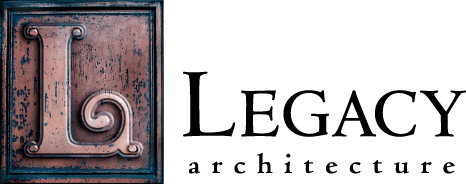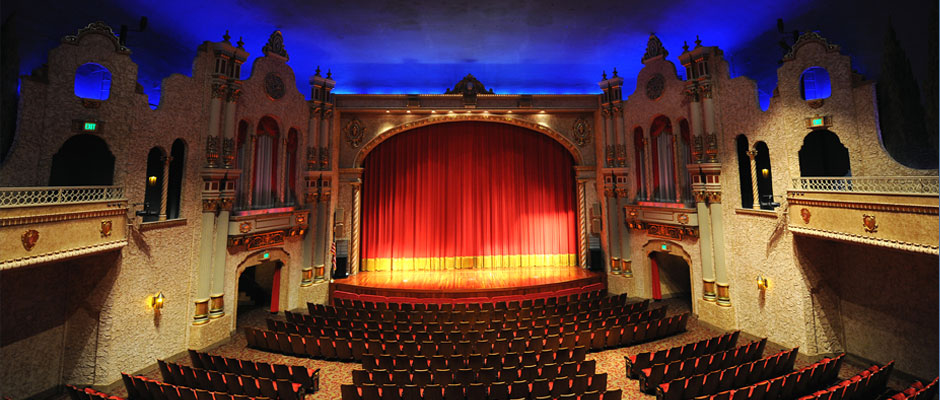Sheboygan Finds Beauty in Its Past, Opportunity in Its Future
Gould, Whitney. Milwaukee Journal Sentinel. February 18, 2002.
Who would have imagined a Moorish fantasyland in the heart of this old manufacturing city? Yet there it is, the reborn Sheboygan Theatre, in all its gilded glory. With its castle-like pediments, murals of Mediterranean cypresses and twinkling-starlight ceiling, the 1928 theater is a throwback to the golden age of movie and vaudeville palaces.
And, after a $10.5 million restoration, it's also a state-of-the-art performance complex. That mix of modernity within a historic carapace is a metaphor for what downtown activists hope their stolid, waterfront city of 50,000 will become: a place comfortable with its past but not smothered by it, a place no longer wary of outsiders.
The locals are making impressive headway, turning old bricks and mortar into tools for economic development - some $75 million worth of public and private investment in the last several years. It's a far cry from the days when some business executives weren't so sure they wanted to welcome "strangers" into their tight knit community.
That transformation of tradition-bound insularity into an opportunity for growth is nowhere more evident than in the theater's revival.
"The sense of heritage is pretty important here," says Bruce Browne, executive director of the Stefanie H. Weill Center for the Performing Arts, the theater's official name. "People remember coming here years ago to see movies like 'White Christmas.''"
Or taking the family to see the likes of Groucho Marx, Duke Ellington, and Abbott and Costello. Or snuggling up next to their sweeties when the house lights dimmed.
"Everyone had a story - and most of the stories seemed to take place in the balcony," jokes Dick Meyer, manager of the downtown's Harbor Centre Business Improvement District.
An Overlooked Treasure
For a time, the repository of these memories seemed headed for the dustbin. Built in the Spanish Colonial Revival style by an arm of Universal Pictures Corp., the Sheboygan, at 826 N. 8th St., was an example of "atmospheric" theaters that evoked exotic places - in this case, a garden in old Spain - much in the manner of movie sets. Flourishes such as rough, hand-rubbed plaster, scrolled cartouches and ornamental rosettes added to the ambience.
But by 1980, when the Marcus Corp. had subdivided the auditorium into two theaters, the Sheboygan's glory days were long gone. And by the time it closed in 1992, it was a seedy has-been in a downtown sucked dry by an ill-conceived pedestrian mall and by suburban malls, including upscale Woodlake in nearby Kohler. Seventy percent of the storefronts were vacant; several buildings fell to the wrecking ball; plans for a downtown mall fizzled.
"Companies were embarrassed to bring prospective employees downtown," says Bob Peterson, the city's retired but still energetic development director. "They'd take people to Kohler instead."
But the theater's fans saw a diamond in the rough. After a couple of false starts and a demolition threat, they formed a non-profit foundation and bought the building in 1996 for $50,000 from Marcus, then enlisted an army of volunteers - some from as far away as Fond du Lac - to clean it up. As fund raising proceeded, the foundation acquired seven neighboring buildings for a box office, support services and a future rehearsal hall. A Sheboygan firm whose designers cut their teeth at the University of Wisconsin-Milwaukee's School of Architecture and Urban Planning, came up with a plan to modernize the theater's mechanical systems yet save its Old World charm.
Luckily, Marcus' twinning of the theater "touched most of the plaster and decoration only softly" and could be easily undone. The floor was re-sloped to create better sightlines; the lobby was enlarged; the stage was expanded out into an alley that the city had vacated; for comfort, seating was reduced from 1,550 to 1,150; the original burgundy and gold carpeting was re-created from a swatch found in the basement. Out front, the gaudy red and yellow marquee was replicated, the terra cotta façade restored.
The crowning touch: The auditorium's beautiful indigo ceiling, once obscured by acoustic tile, now sparkles with 23 constellations created by 238 fiber optic stars, each endowed by a donor.
"A lot of people just couldn't believe it was possible," said Jennifer Lehrke, project manager. "All through the construction period we had people wandering in and asking to take a look."
An oft-heard comment: "It's so nice it just doesn't seem like Sheboygan!"
The theater, which opened last October, is now home to the Sheboygan Symphony Orchestra, a gospel group and a variety of local and touring performers; the Chicago Civic Ballet will come in April, and the auditorium is rentable for corporate events. With nighttime foot traffic growing, downtown restaurants have extended their hours.
The March of Progress
The theater's rebirth, however, was just the latest in a string of public and private redevelopment projects that have brought new life - and civic pride - to this conservative old Germanic city on Lake Michigan and the Sheboygan River.
The main drag - 8th St. - has been unmalled, the on-street parking restored. The park system has been expanded along the river and there's talk of turning an old railroad bridge into a bike path. A $1.6 million marina has reclaimed a huge chunk of lakefront, adding scenic overlooks and a promenade along with boat launching facilities. The John Michael Kohler Arts Center has undergone a $20 million expansion.
Up the street from the theater, a hands-on children's museum - Above and Beyond - was carved out of an 1892 store; a decaying drugstore became a stylish deli.
With the help of façade grants and deferred-payment loans from the city, other building owners are fixing up their storefronts.
"When people see how nice their neighbor's building looks, it's a good incentive to clean up," says Peterson, the former development director, who still shakes his head at the parochialism of the past. "Back when we were talking about doing the marina," he says, "a CEO from one of our major companies asked: 'Do we really want all of those strangers coming into our community?'"
Some of that clubbiness remains. But Meyer, the business district leader, says merchants are realizing that it's in their interest to cast a wider net. "One thing feeds off the other," he says. "When more people come downtown, every business along the street benefits."
One measure of progress: Space that rented for $4 a square foot in the early '90s now goes for $12 a square foot and up. Another: Some of the shops that fled to Kohler's tiny Woodlake have returned to the downtown.
And another: Madison developers have discovered Sheboygan. One of them, Gorman & Co., transformed the former Garton Toy Factory into apartments, with old coaster wagons, sleds and other relics of the building's history prominently on display. Another, Randall Alexander, converted an old shoe factory on 8th St. to apartments. Within a stone's throw, Todd McGrath, also of Madison, restored two exquisitely detailed historic buildings: the 1881 Jung-Imig Block, for retail and offices; and the mid-19th-century former Woolworth building into a Johnson Bank and offices. McGrath, who also built an elegant, 12-unit condo project on the lakefront, says it took a while for Sheboygan to recognize its own assets and build on them.
"They're very frugal," he says, "and they haven't yet got an entrepreneurial class of real estate developers of their own. But they have the lake, the river, the closeness to Milwaukee and Kohler, some great old buildings. People are finally saying, 'Hey, maybe we have something here worth sharing.'"

